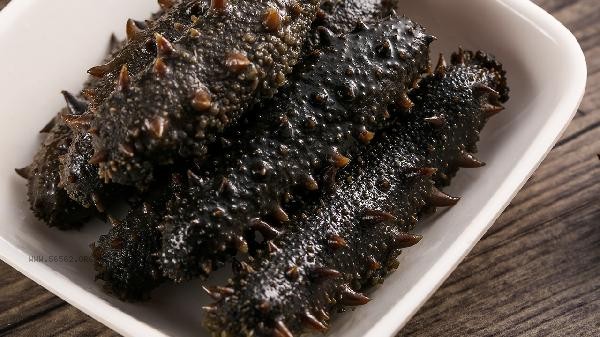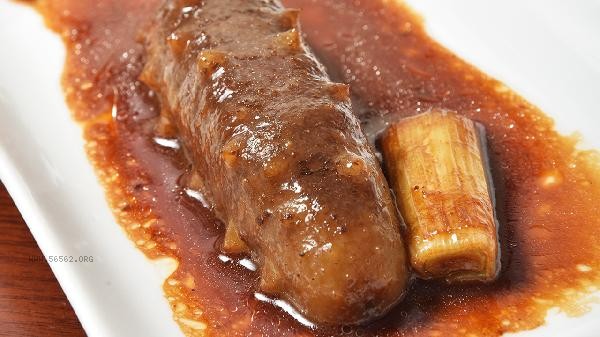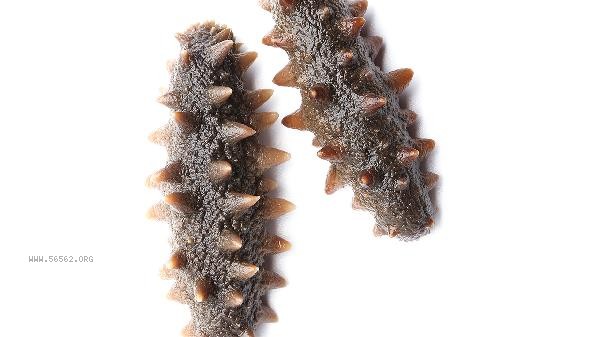Fresh sea cucumbers can be frozen and stored, but they need to undergo pre-treatment steps such as cleaning, boiling, and cooling. The main preservation methods include rapid freezing, vacuum packaging, temperature control, avoiding repeated thawing, and regular inspection.

1. Rapid freezing
Fresh sea cucumber needs to be rapidly frozen after pretreatment to maintain its taste. After cooking, drain the water from the sea cucumber, wrap it tightly on plastic wrap, and put it in the freezer for quick freezing. Low temperature rapid freezing can reduce the damage of ice crystals to sea cucumber tissue and avoid softening of texture after thawing. The recommended freezing temperature is below minus 18 degrees Celsius, which can be stored for a longer period of time.
2. Vacuum packaging
Divide the processed sea cucumber into single serving portions and vacuum seal them in vacuum bags. A vacuum environment can isolate the loss of oxygen and moisture, preventing the surface of sea cucumbers from oxidizing, discoloring, or breeding bacteria. The packaging quantity is adjusted according to household needs to avoid repeated thawing of large packages that may affect quality. Vacuum packaged sea cucumbers can have a freezing storage period of several months.
3. Temperature Control
Temperature stability should be maintained during freezing storage to avoid frequent temperature fluctuations caused by opening and closing the refrigerator. The temperature in the freezer compartment of a household refrigerator should remain below minus 18 degrees Celsius. Excessive temperature can cause dehydration or spoilage of sea cucumber tissue. Sea cucumbers can be placed in a stable temperature area deep in the freezer, away from the refrigerator door.

4. Avoid repeated thawing
Frozen sea cucumbers should be consumed in one go after thawing and should not be frozen again. Repeated freezing and thawing can damage the cell structure of sea cucumbers, leading to nutrient loss and a decrease in taste. Before consumption, sea cucumbers can be transferred to the refrigerator for slow thawing, or soaked in cold water for thawing to avoid rapid thawing at high temperatures affecting the texture.
5. Regular Inspection
Long term storage requires regular inspection of the state of sea cucumbers to observe for excessive frost, discoloration, or odor. If packaging damage or obvious ice crystals appear on the surface of sea cucumbers, the packaging should be replaced and refrozen in a timely manner. Sea cucumbers that have been stored for more than six months are recommended to be consumed first to avoid a decrease in quality due to prolonged freezing time.

Fresh sea cucumbers that have been frozen should be thoroughly thawed before consumption, and can be blanched with ginger slices to remove fishy odors. It is recommended to use sea cucumber for dishes that require long-term cooking such as soup and braised dishes to fully release its nutrients. During storage, be careful to store separately from other seafood to avoid cross contamination. For ready to eat sea cucumber products, it is necessary to strictly follow the storage conditions and expiration dates indicated on the packaging. Moderate consumption of sea cucumber in daily diet can supplement high-quality protein and trace elements, but individuals with allergies should try with caution.








Comments (0)
Leave a Comment
No comments yet
Be the first to share your thoughts!